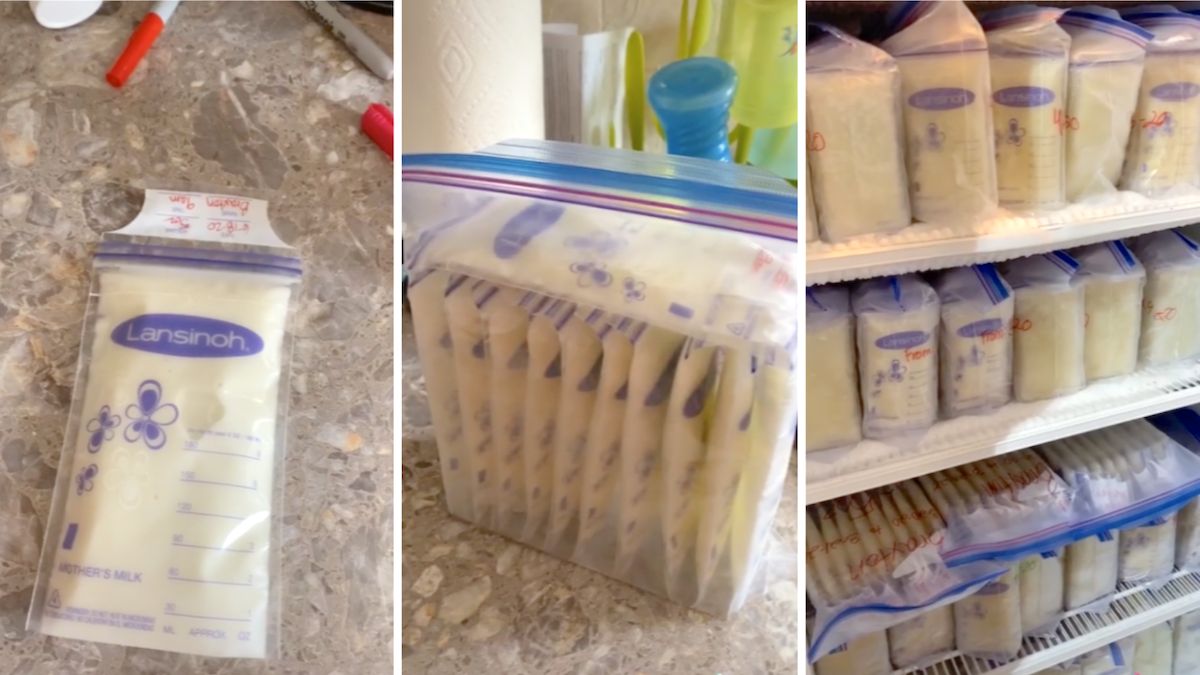

Articles
How To Store And Freeze Breast Milk
Modified: May 6, 2024
Learn the best practices and techniques for storing and freezing breast milk in this informative article. Ensure your baby's milk is preserved safely and efficiently.
(Many of the links in this article redirect to a specific reviewed product. Your purchase of these products through affiliate links helps to generate commission for Storables.com, at no extra cost. Learn more)
Introduction
When it comes to breastfeeding, every drop of breast milk is precious. It’s a valuable source of nutrition for infants, packed with essential nutrients and antibodies that can boost their immune system and promote healthy growth. However, there may be times when you need to store and freeze breast milk, whether it’s for when you’re away from your baby, to build up a supply, or to donate to a milk bank.
In this article, we will guide you on how to properly store and freeze breast milk to ensure its quality and safety. We’ll cover everything from the preparation process to choosing the right storage containers, storing in the refrigerator, freezing, thawing, and using frozen breast milk effectively. So let’s dive in!
Key Takeaways:
- Proper storage and freezing of breast milk is essential for maintaining its nutritional value and ensuring its safety for your baby’s consumption. Following guidelines for cleanliness, container selection, and temperature control is crucial.
- Efficient storage and freezing practices, such as using BPA-free containers, labeling, and organizing, can help you maintain the quality of stored breast milk and minimize waste. Always follow safe thawing guidelines to preserve the integrity of the milk.
Read more: How To Store Breast Milk In Freezer
Why Store and Freeze Breast Milk?
There are several reasons why you may need to store and freeze breast milk.
1. Convenience: Storing and freezing breast milk allows you to have a supply on hand when you can’t breastfeed your baby directly. It enables you to maintain your breastfeeding routine even when you’re away from home, at work, or traveling.
2. Building a supply: Storing breast milk can help you build up a reserve for times when you may need it in the future. Having a stash of breast milk ensures that your baby will always have access to the nutrients and benefits of breast milk, even if you face challenges with breastfeeding or your milk supply.
3. Medical reasons: There are instances where you or your baby may have medical conditions that require the use of stored breast milk. For example, if your baby is premature or has difficulty latching, storing and freezing breast milk can provide a necessary source of nutrition for their growth and development.
4. Donating to milk banks: Some mothers choose to donate their excess breast milk to milk banks. These milk banks collect, pasteurize, and distribute donated breast milk to babies in need, particularly premature or sick infants who are unable to receive their mother’s milk directly.
By storing and freezing breast milk, you can ensure that your baby continues to receive the benefits and nutrients of breast milk, even in your absence. It’s a valuable way to maintain your breastfeeding journey and provide nourishment for your little one.
Preparing for Storage and Freezing
Proper preparation is essential to maintain the quality and safety of stored and frozen breast milk. Here are some steps to follow:
1. Cleanliness: Before expressing breast milk, wash your hands thoroughly with soap and water. Use clean and sterilized breastfeeding equipment, including breast pumps, bottles, and storage containers.
2. Storage containers: Choose storage containers specifically designed for breast milk. These containers should be made of BPA-free plastic or glass, have tight-fitting lids, and be suitable for freezing.
3. Labeling: Always label each container with the date of expression. This helps you keep track of the freshness of the milk and ensures that you use the oldest milk first.
4. Storage guidelines: Familiarize yourself with the recommended storage guidelines for breast milk. Freshly expressed breast milk can be stored in the refrigerator for up to 4 days, while frozen breast milk can be stored for up to 6 months. However, it’s important to note that the sooner you use the stored breast milk, the higher its nutritional value will be.
5. Amount: It’s advisable to store breast milk in small portions to minimize waste. Start with 2 to 4 ounces (60-120 mL) per container and adjust according to your baby’s feeding needs.
6. Temperature: Always ensure that the breast milk is completely cooled before storing or freezing it. Place freshly expressed breast milk in the refrigerator for about an hour before transferring it to the freezer.
By following these preparation steps, you can ensure that the breast milk you store and freeze remains safe for your baby to consume and retains its nutritional value.
Choosing the Right Storage Containers
Choosing the right storage containers for storing and freezing breast milk is crucial to maintain its quality and ensure the safety of your baby. Consider the following factors when selecting storage containers:
1. BPA-free: Opt for storage containers that are BPA-free to minimize the exposure of harmful chemicals to your breast milk.
2. Material: The two most common material options for storage containers are plastic and glass. Plastic containers are lightweight, shatterproof, and convenient for travel. On the other hand, glass containers are durable, non-reactive, and easy to clean, making them a popular choice for long-term storage.
3. Size and capacity: Choose containers that have the appropriate size and capacity to accommodate the desired amount of breast milk you plan to store. It’s advisable to have a mix of container sizes to allow for flexibility in portioning and prevent wastage.
4. Airtight seals: Look for containers with tight-fitting lids or airtight seals to prevent leaks and maintain the freshness of the breast milk during storage and freezing.
5. Easy to use and clean: Consider containers that are easy to use, assemble, and clean. Look for options that are dishwasher-safe or have wide openings for easy pouring and thorough cleaning.
6. Graduated markings: Having clear and accurate graduated markings on the containers can help you measure the amount of breast milk and ensure proper portioning.
Keep in mind that it’s best to use containers specifically designed for breast milk storage as they are made to withstand freezing temperatures and prevent any potential contamination.
By selecting the right storage containers, you can ensure the integrity of the breast milk and make the storage and freezing process more convenient and efficient for you.
Storing Breast Milk in the Refrigerator
Storing breast milk in the refrigerator is a convenient option for short-term use. Here’s how to do it properly:
1. Express and cool: After expressing breast milk, allow it to cool at room temperature for about an hour. This helps to bring it to a safe temperature before transferring it to the refrigerator.
2. Use clean containers: Choose clean and sterilized storage containers. Avoid using regular household containers, as they may not be designed for storing breast milk.
3. Pour into containers: Pour the freshly expressed breast milk into the storage containers. Leave some space at the top to allow for expansion when freezing or shaking the milk before feeding.
4. Label the containers: Label each container with the date of expression using a waterproof marker. This will help you keep track of the freshness of the breast milk and ensure that you use the oldest milk first.
5. Store in the coldest part: Place the containers in the back of the refrigerator, where the temperature is the most consistent and coldest. Avoid storing them in the door compartments, as the temperature may fluctuate due to frequent opening and closing of the refrigerator.
6. Recommended storage time: Freshly expressed breast milk can be stored in the refrigerator for up to 4 days. However, the sooner you use it, the higher its nutritional value will be.
7. Avoid overfilling: It’s important not to overfill the containers to prevent spills and ensure that the lids can be sealed tightly.
Remember to handle the containers and breast milk with clean hands to maintain hygiene. If you plan to use the stored breast milk outside of the home, transfer it to a cooler bag with ice packs to maintain its freshness during transportation.
By following these guidelines, you can safely store breast milk in the refrigerator and have it readily available for feeding your baby when needed.
When storing breast milk, use BPA-free containers or breast milk storage bags. Label each container with the date and time it was expressed to ensure proper rotation.
Read more: How To Store Breast Milk In Bottle
Freezing Breast Milk
Freezing breast milk is a great option for long-term storage. Properly frozen breast milk can be stored for up to 6 months. Here’s how to freeze breast milk:
1. Cool the breast milk: After expressing breast milk, allow it to cool at room temperature for about an hour.
2. Choose suitable storage containers: Select BPA-free plastic or glass containers specifically designed for freezing breast milk. Avoid using bags for long-term storage as they are more prone to leakage and can be difficult to stack and organize.
3. Pour into containers: Pour the cooled breast milk into the storage containers. Leave some space at the top as the milk expands when frozen.
4. Label the containers: Use a waterproof marker to label each container with the date of expression. This will help you keep track of the freshness of the breast milk and ensure that you use the oldest milk first.
5. Freeze in the coldest part of the freezer: Place the containers in the coldest part of the freezer, ideally towards the back or on a flat surface. Avoid storing them in the freezer door as the temperature may fluctuate due to frequent opening and closing.
6. Prevent temperature fluctuations: Ensure that the freezer maintains a temperature of 0°F (-18°C) or lower. Avoid opening the freezer frequently to maintain a consistent temperature and prevent thawing and refreezing of the breast milk.
7. Organize and stack: Arrange the containers in an organized manner, stacking them with the oldest dates in front. This will make it easier to use the breast milk in a first-in, first-out manner.
It’s important to note that frozen breast milk may separate with a layer of cream on top. This is completely normal. Gently swirl or shake the container to mix the milk layers before thawing or feeding.
By following these steps, you can properly freeze breast milk and ensure its quality and safety for long-term storage.
Thawing and Using Frozen Breast Milk
Thawing frozen breast milk properly is essential to maintain its nutritional value and safety. Here’s a step-by-step guide on how to thaw and use frozen breast milk:
1. Planning ahead: Take into account the time required to thaw breast milk. For example, if you plan to use it the next day, you can transfer the frozen breast milk from the freezer to the refrigerator the night before.
2. Thawing in the refrigerator: The safest method to thaw frozen breast milk is by placing the container in the refrigerator. Allow it to thaw gradually for several hours or overnight. Avoid using warm water or the microwave to thaw breast milk as these methods can damage the nutrients and increase the risk of hot spots.
3. Gently swirl or shake: Once thawed, gently swirl or shake the container to mix any separated layers. Do not vigorously shake the breast milk as it can destroy some of its beneficial components.
4. Warm the breast milk (if desired): If you prefer to serve the breast milk warm, you can warm it by placing the container in a bowl of warm water. Never use boiling water or heat the breast milk directly on the stove or in the microwave.
5. Test the temperature: Before feeding, test the temperature of the breast milk by carefully placing a few drops on the inside of your wrist. It should be lukewarm or at body temperature, similar to freshly expressed breast milk.
6. Use within 24 hours: Once thawed, breast milk should be used within 24 hours. Discard any leftovers and do not refreeze thawed breast milk.
It’s important to note that thawed breast milk may have a different appearance or smell compared to fresh breast milk. This is normal and does not indicate spoilage.
Remember to follow safe feeding practices and proper hygiene when using thawed breast milk.
By following these guidelines, you can safely thaw and use frozen breast milk, providing your baby with the valuable nutrition and benefits of breast milk even when you’re not available for direct breastfeeding.
Tips for Efficient Storage and Freezing
Proper storage and freezing techniques help maintain the quality and safety of breast milk. Here are some tips to ensure efficient storage and freezing:
1. Use breast milk storage bags: Breast milk storage bags are convenient for freezing due to their space-saving design. Look for bags specifically designed for breast milk storage, which are leak-proof and have a secure seal.
2. Freeze in small portions: Freeze breast milk in small portions of 2 to 4 ounces (60-120 mL). This allows you to thaw only what you need for each feeding, reducing waste and ensuring freshness.
3. Freeze flat and stack: Lay breast milk storage bags flat in the freezer to freeze them in a thin, stackable shape. This makes it easier to organize and save space in your freezer.
4. Date and label: Always label each storage container or bag with the date of expression. Use a waterproof marker to ensure the label doesn’t smudge or fade over time.
5. Store in small quantities: Divide expressed breast milk into smaller containers or bags rather than storing large amounts in a single container. This allows you to thaw only what you need, reducing the risk of wasting leftover milk.
6. Don’t mix fresh and frozen milk: Avoid combining freshly expressed breast milk with already frozen breast milk. If you want to add fresh milk to frozen milk, cool the fresh milk in the refrigerator first and then combine it with the frozen milk before freezing.
7. Utilize breast milk storage guidelines: Familiarize yourself with the recommended storage guidelines for breast milk. This includes the recommended storage times for both fresh and frozen breast milk based on the temperature and storage container.
8. Regularly organize and rotate: Keep track of the dates on your stored breast milk and use the oldest milk first. Regularly reorganize your freezer to ensure proper rotation and minimize waste.
9. Keep track of freezer temperature: Regularly monitor the temperature of your freezer to ensure it remains at 0°F (-18°C) or below. Fluctuating temperatures can affect the quality and safety of the stored breast milk.
10. Follow safe thawing guidelines: Always follow the recommended thawing guidelines to ensure the safety and quality of the breast milk. Avoid using excessive heat or quick-thawing methods that may compromise the milk’s integrity.
By following these tips, you can efficiently store and freeze breast milk while ensuring the quality and safety of the milk for your baby’s consumption.
Frequently Asked Questions (FAQs)
Here are some commonly asked questions about storing and freezing breast milk:
-
How long can I store breast milk in the refrigerator?
Freshly expressed breast milk can be stored in the refrigerator for up to 4 days. It’s important to use the oldest milk first.
-
How long can I freeze breast milk?
Frozen breast milk can be stored for up to 6 months in a regular freezer that maintains a temperature of 0°F (-18°C) or below. However, using the milk within 3 months is ideal for maintaining its nutritional value.
-
Can I combine breast milk from different pumping sessions?
Yes, you can combine breast milk from different pumping sessions, as long as they are both cooled to the same temperature before combining. However, it’s generally recommended to combine milk expressed within the same 24-hour period.
-
Can I refreeze thawed breast milk?
No, it’s not advisable to refreeze thawed breast milk. Once it has been thawed, it should be used within 24 hours. Discard any leftover milk to ensure the safety and quality for your baby.
-
Can I heat breast milk in the microwave?
No, it’s not recommended to heat breast milk in the microwave. Microwaving can create hot spots in the milk, which can burn your baby’s mouth and destroy valuable nutrients. Use warm water or a bottle warmer to gently heat the milk.
-
Can I add freshly expressed milk to already frozen milk?
Yes, you can add freshly expressed milk to already frozen milk, but it’s important to cool the fresh milk in the refrigerator first before combining it with frozen milk. This helps preserve the quality of the frozen milk and prevents excessive temperature changes.
Always refer to the specific guidelines provided by healthcare professionals or lactation consultants for your unique situation to ensure the proper storage and handling of breast milk.
Read more: How To Store Pumped Breast Milk
Conclusion
Storing and freezing breast milk is a practical solution that allows you to provide your baby with the valuable benefits of breast milk, even when you are not able to breastfeed directly. By following the right techniques and guidelines, you can safely store and freeze breast milk while maintaining its quality and nutritional value.
Proper preparation, including cleanliness and choosing the right storage containers, is essential. Storing breast milk in the refrigerator for short-term use and freezing it for longer periods require specific steps to ensure freshness and safety.
Thawing and using frozen breast milk should be done carefully, following recommended methods to preserve its nutrients and avoid contamination. Understanding storage timelines and labeling each container helps you keep track of the freshness and use the oldest milk first.
Efficient storage and freezing practices, such as using appropriate storage containers, labeling, and organizing, can save space and prevent waste. It’s also important to familiarize yourself with safe thawing guidelines to ensure the integrity of the breast milk.
By following these guidelines and tips, you can confidently navigate the process of storing and freezing breast milk. Always consult with healthcare professionals or lactation consultants for personalized advice and guidance.
Remember, breast milk is a precious gift that provides optimal nutrition and helps strengthen your baby’s immune system. With proper storage and freezing techniques, you can ensure that your baby continues to benefit from the goodness of breast milk, even in your absence.
Now that you've got the hang of preserving breast milk effectively, why stop there? Dive into our next feature, which offers a detailed review of the top containers for keeping your milk fresh and nutritious well into 2024. From durability to safety, learn which options stand out in the realm of breast milk preservation.
Frequently Asked Questions about How To Store And Freeze Breast Milk
Was this page helpful?
At Storables.com, we guarantee accurate and reliable information. Our content, validated by Expert Board Contributors, is crafted following stringent Editorial Policies. We're committed to providing you with well-researched, expert-backed insights for all your informational needs.
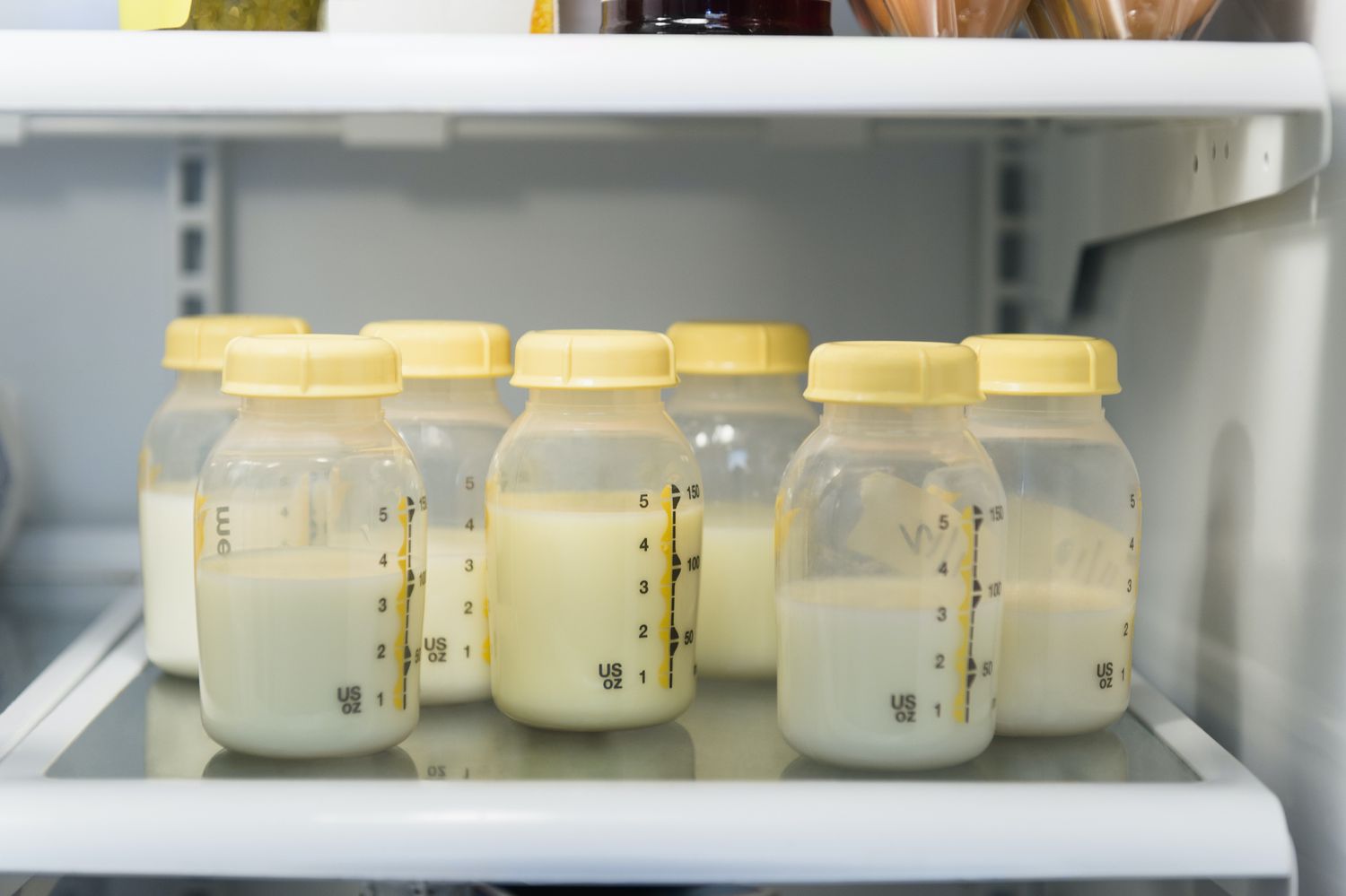
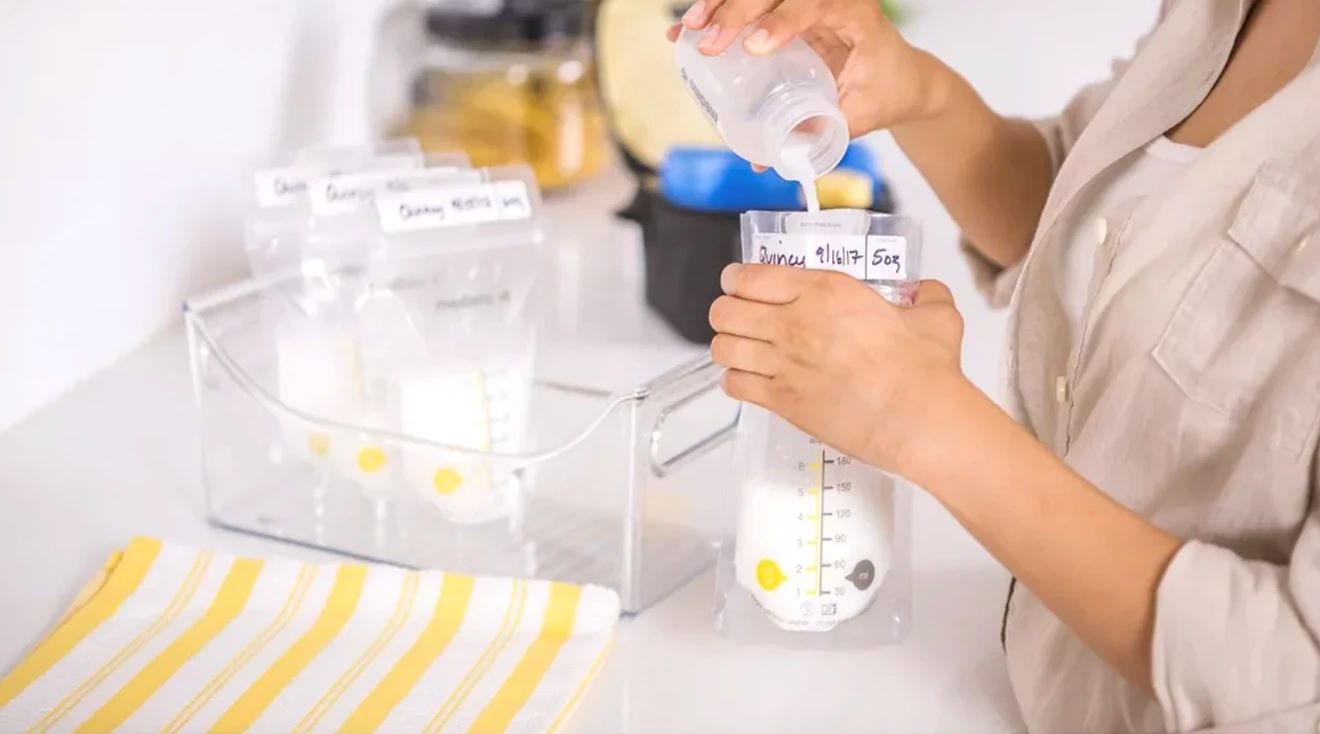
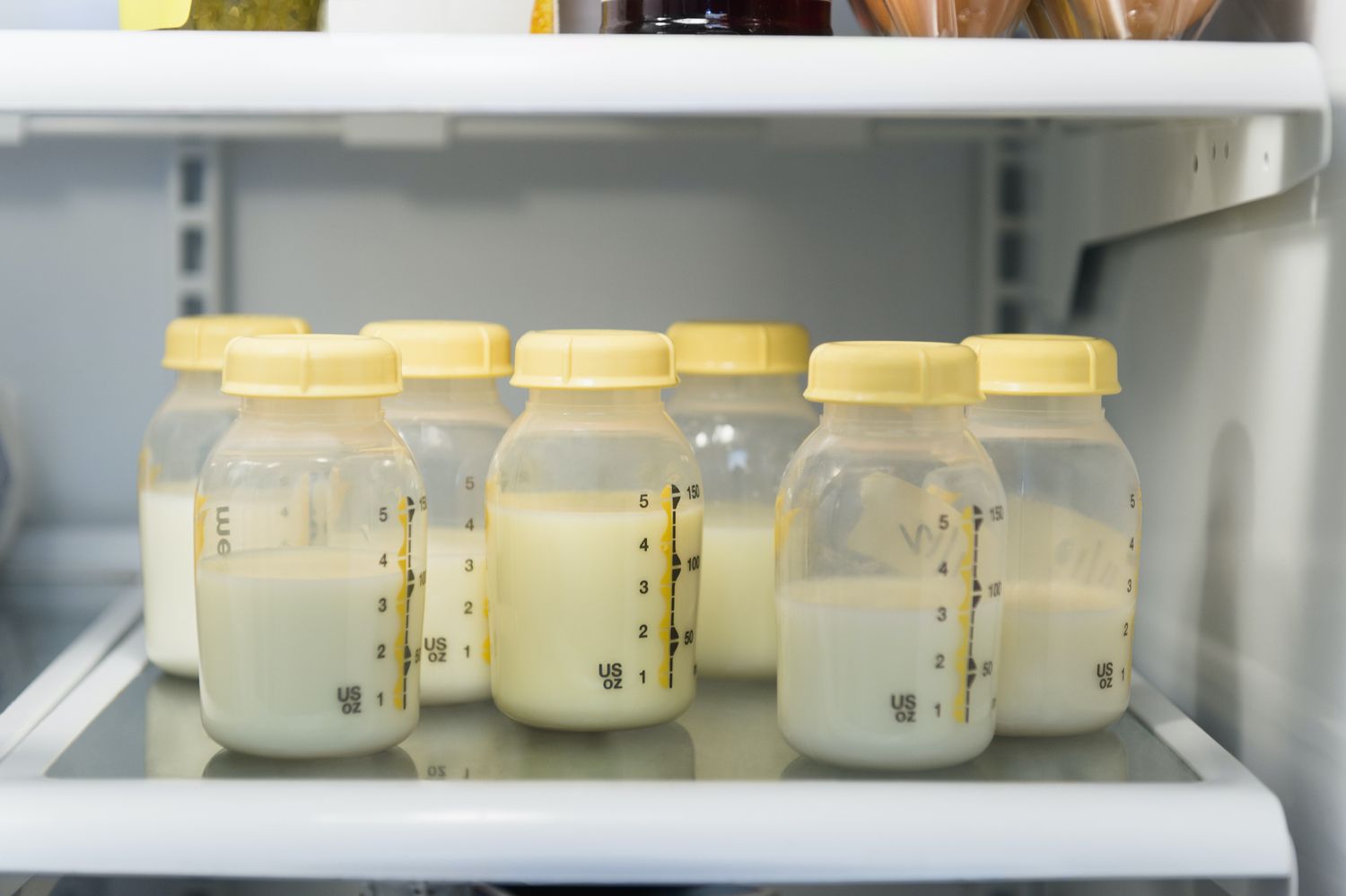
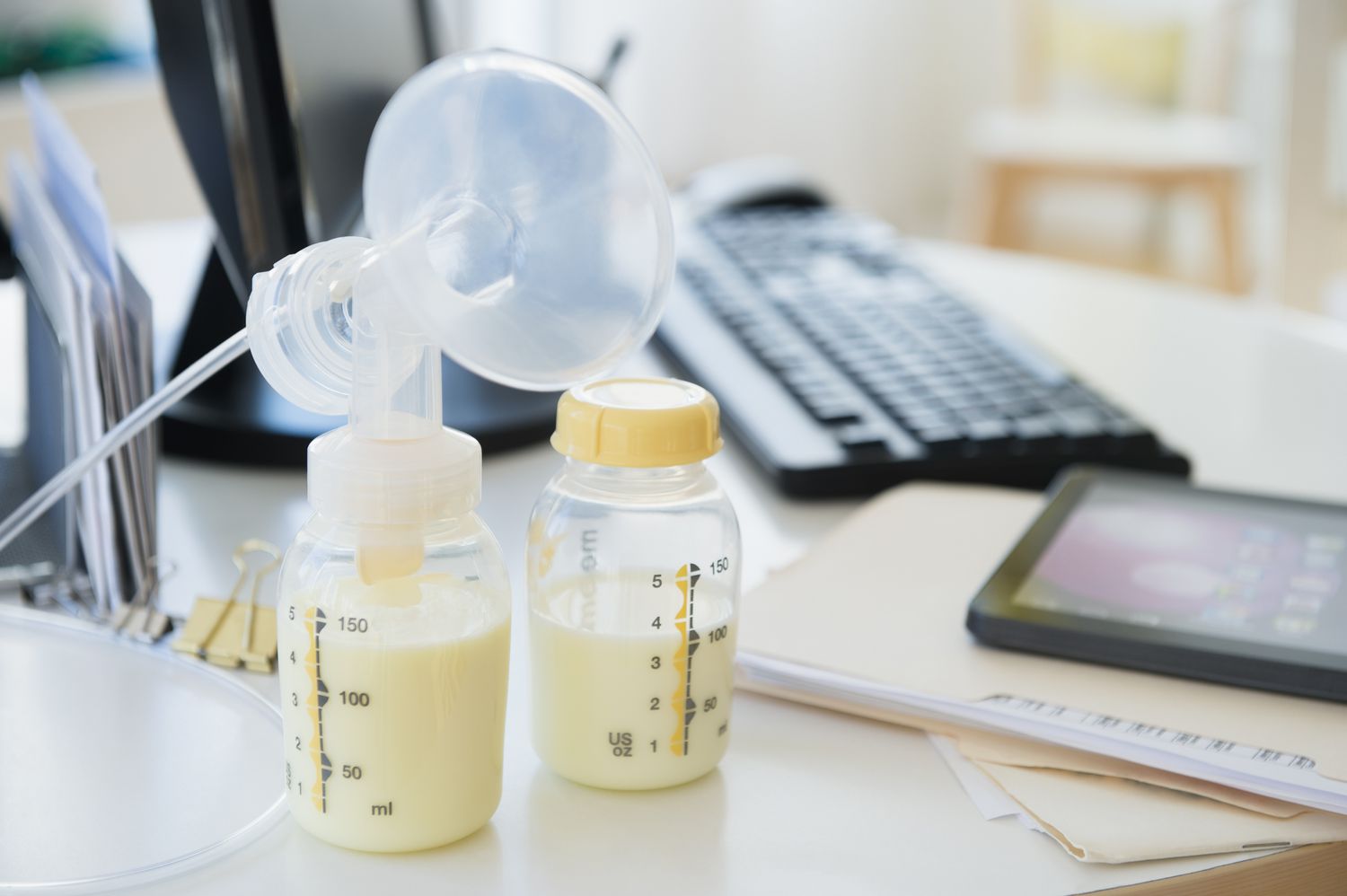
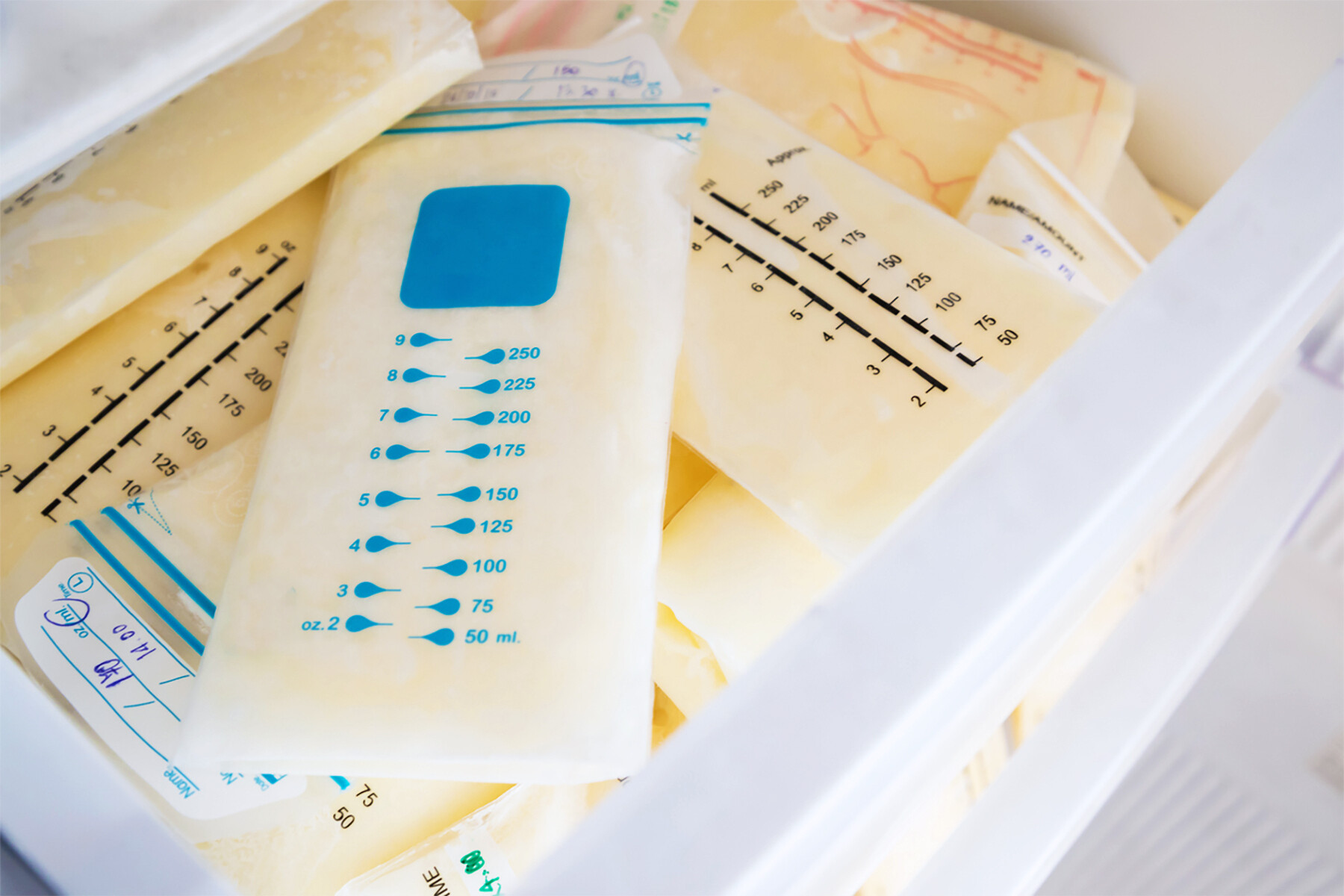
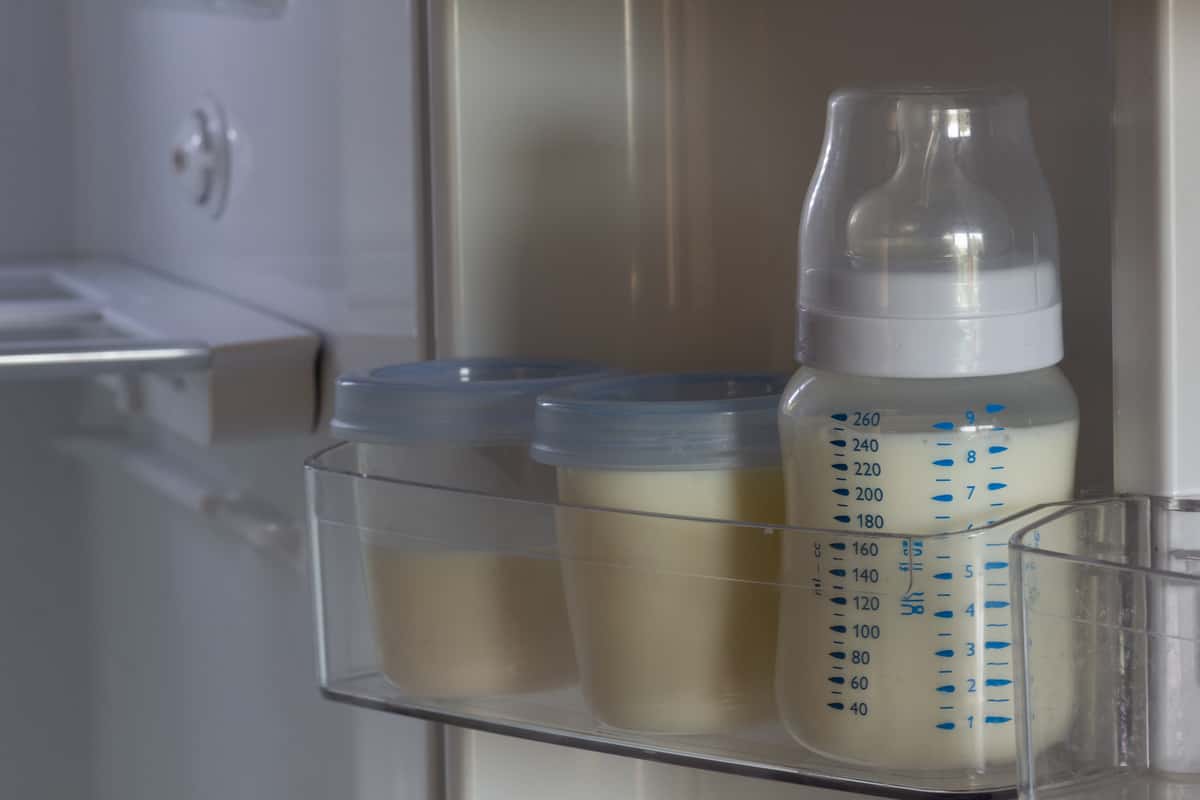
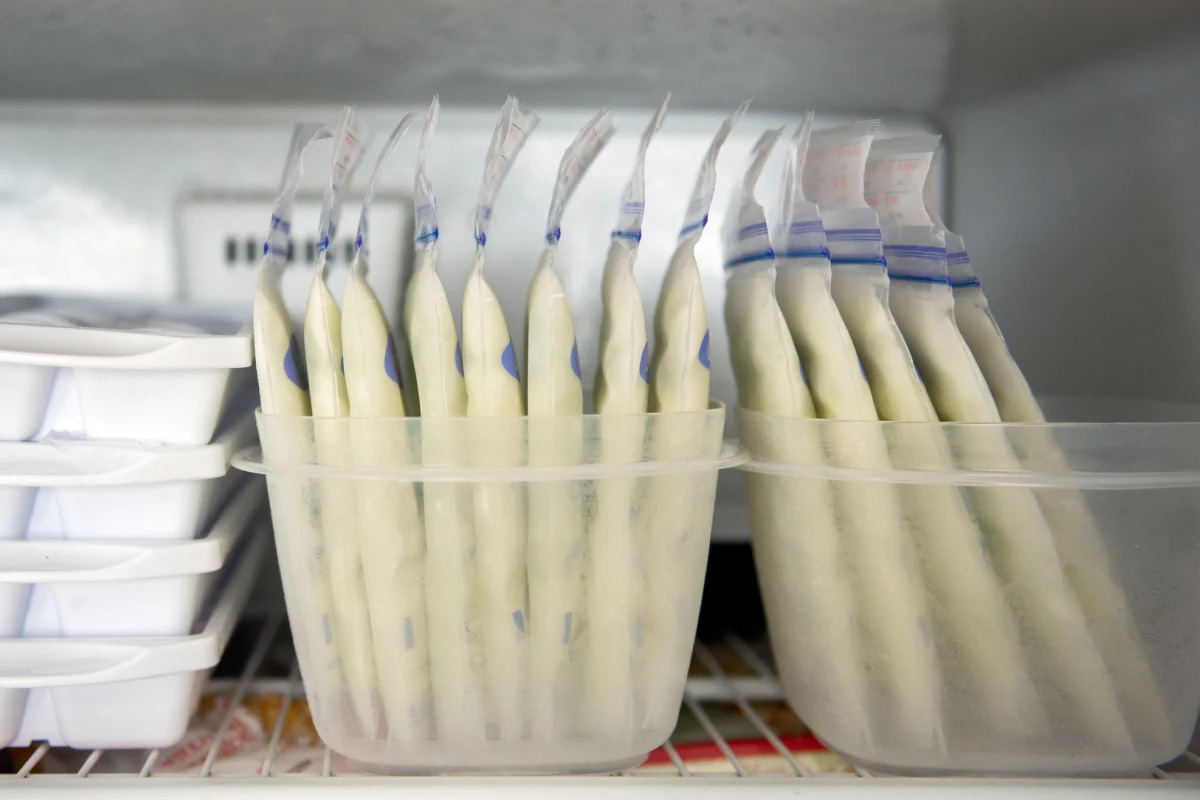
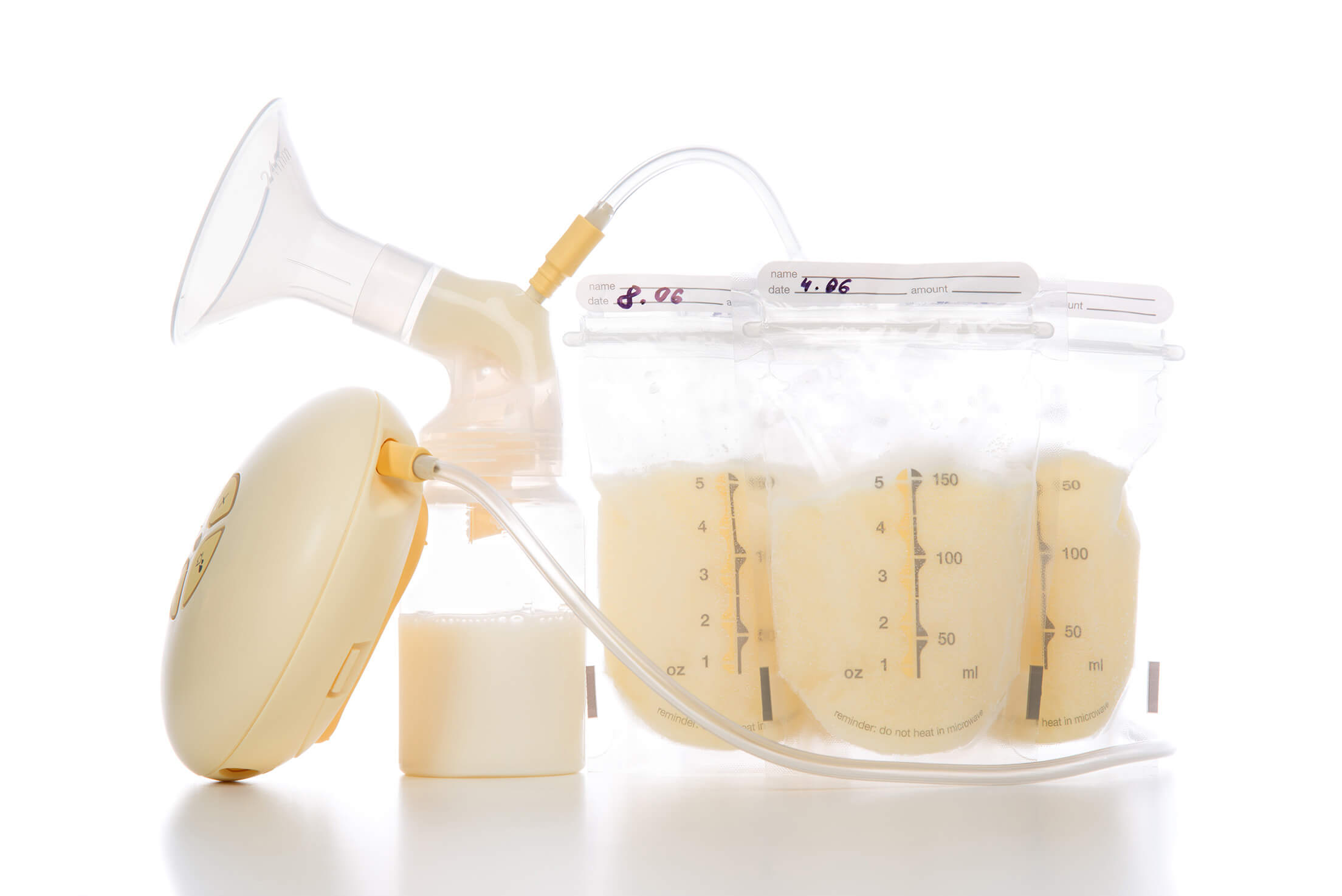
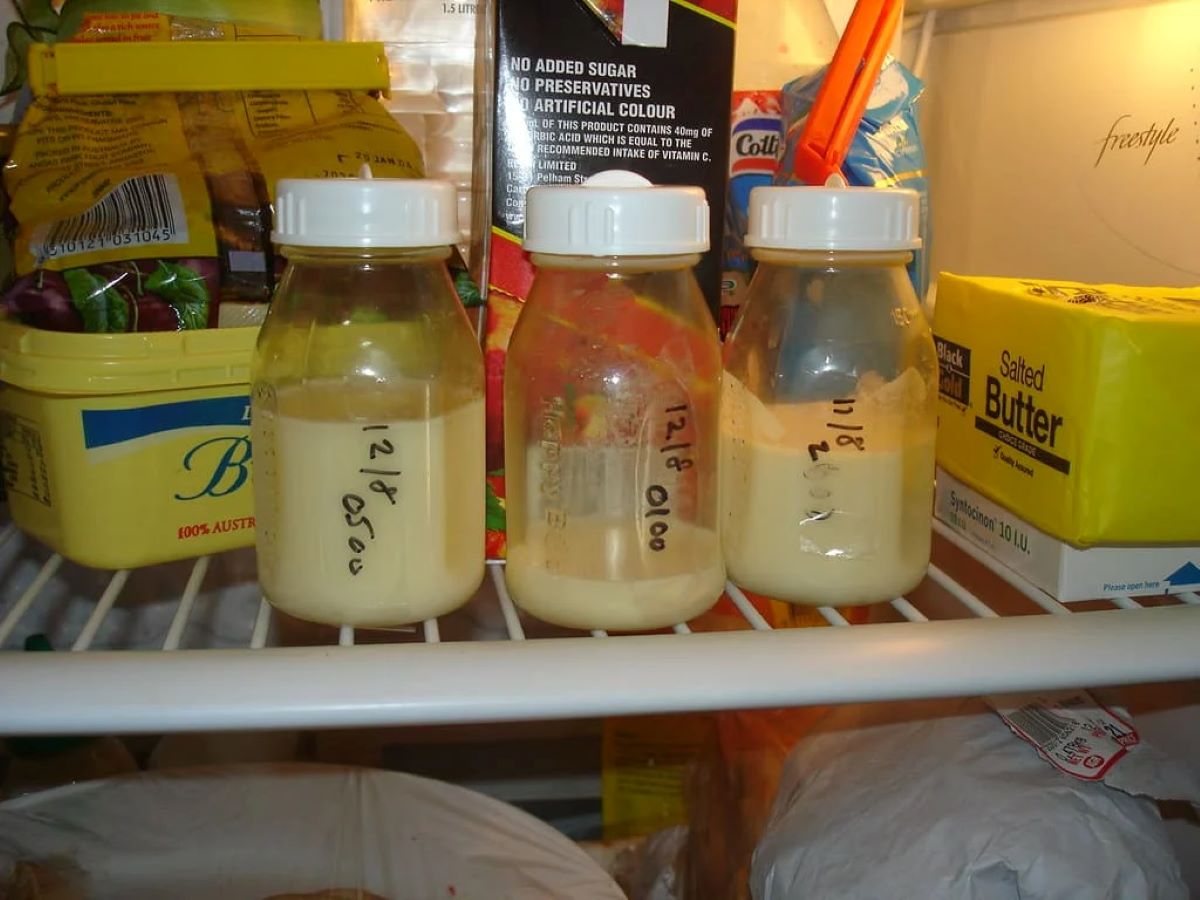
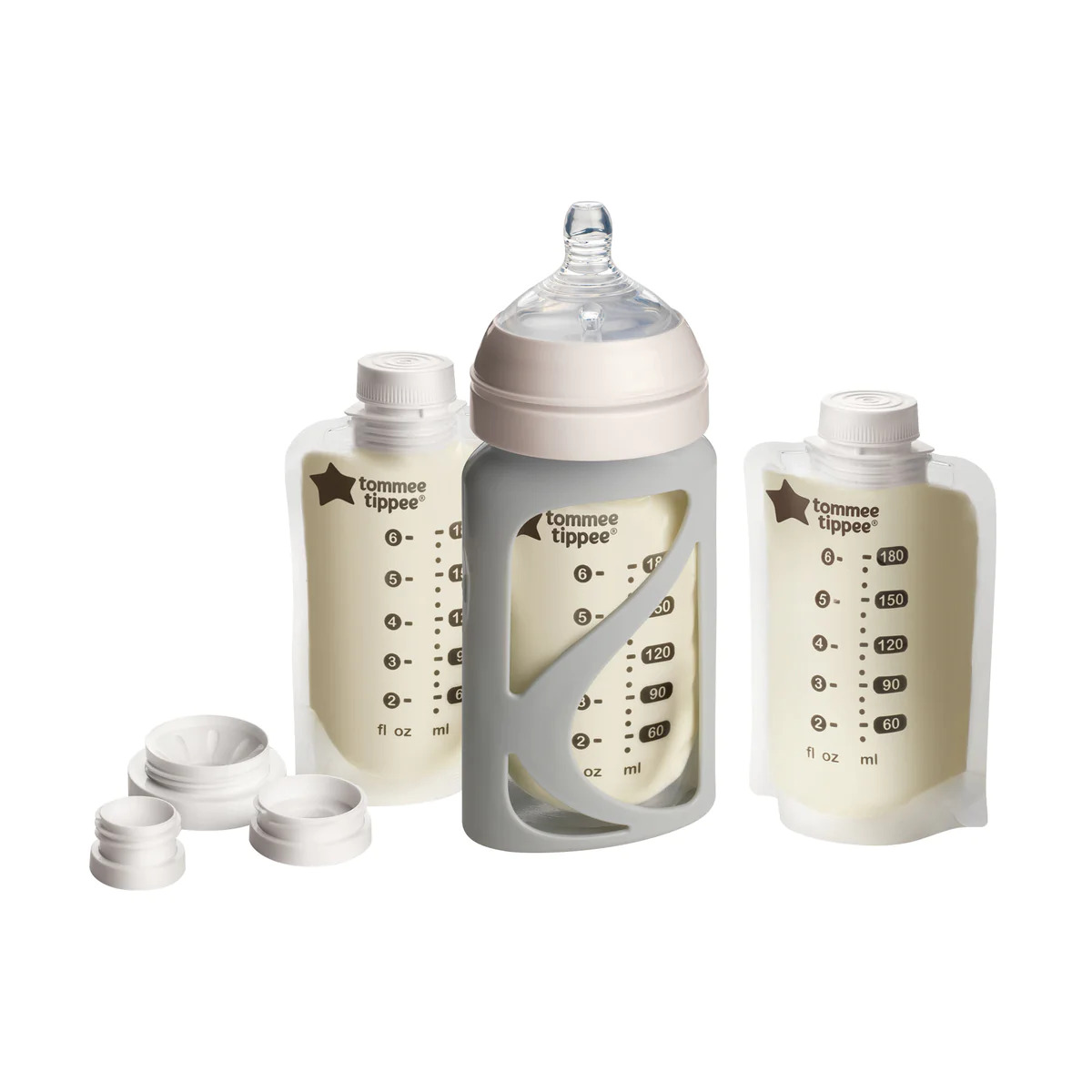
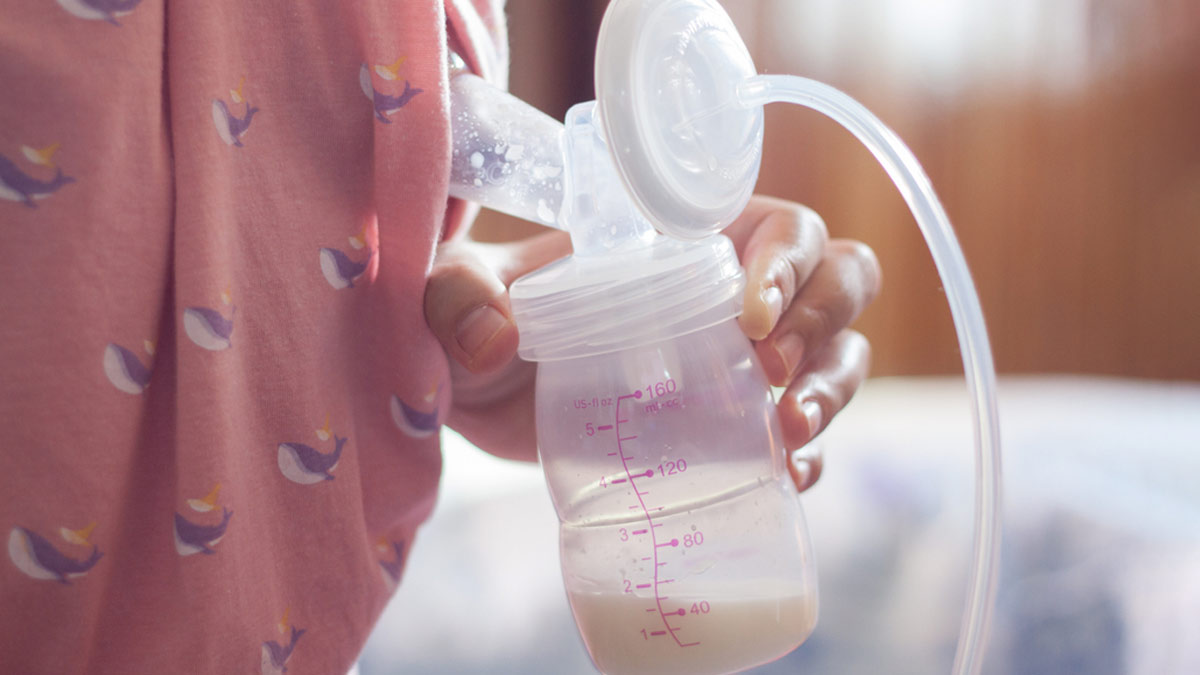
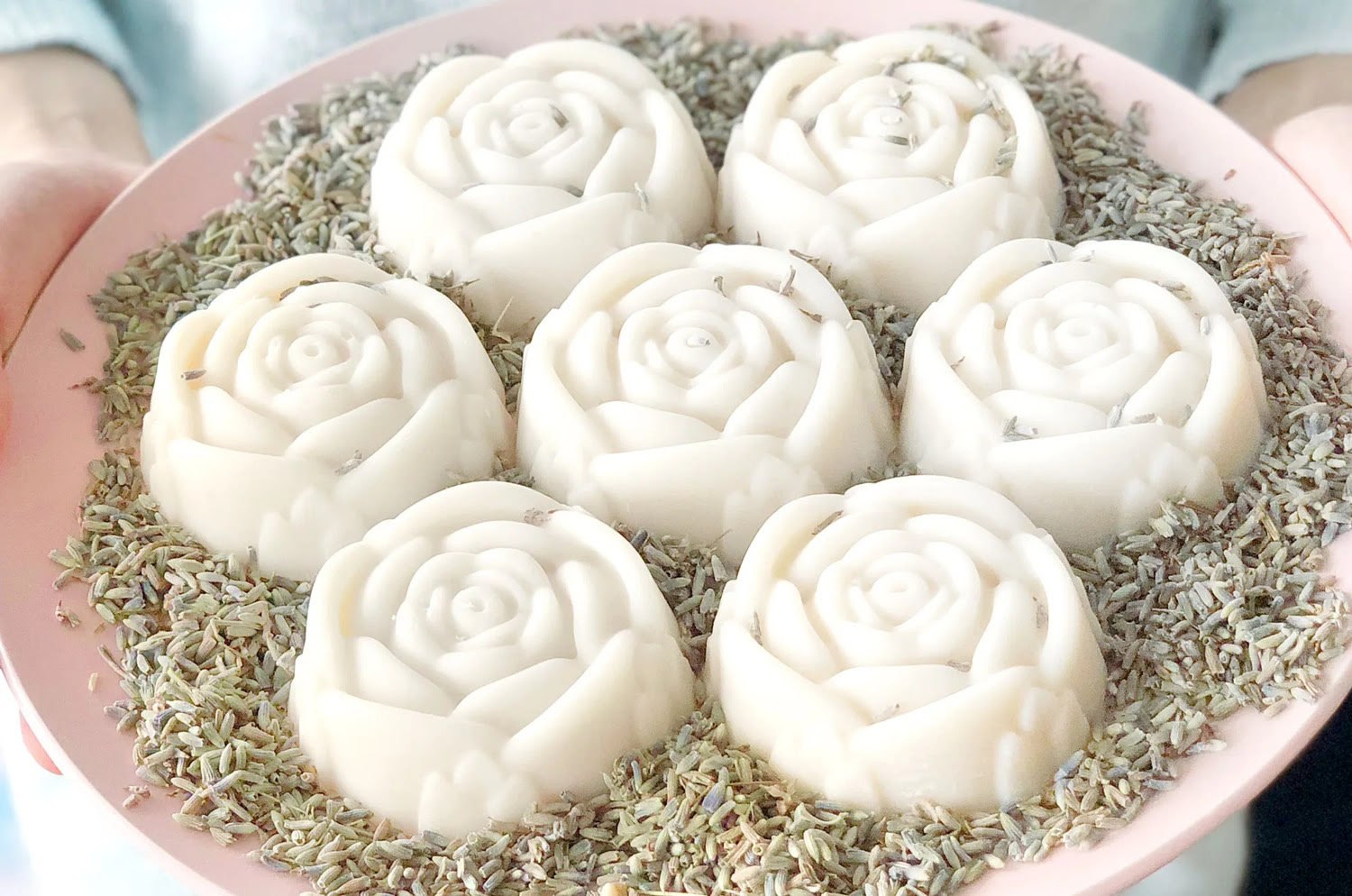
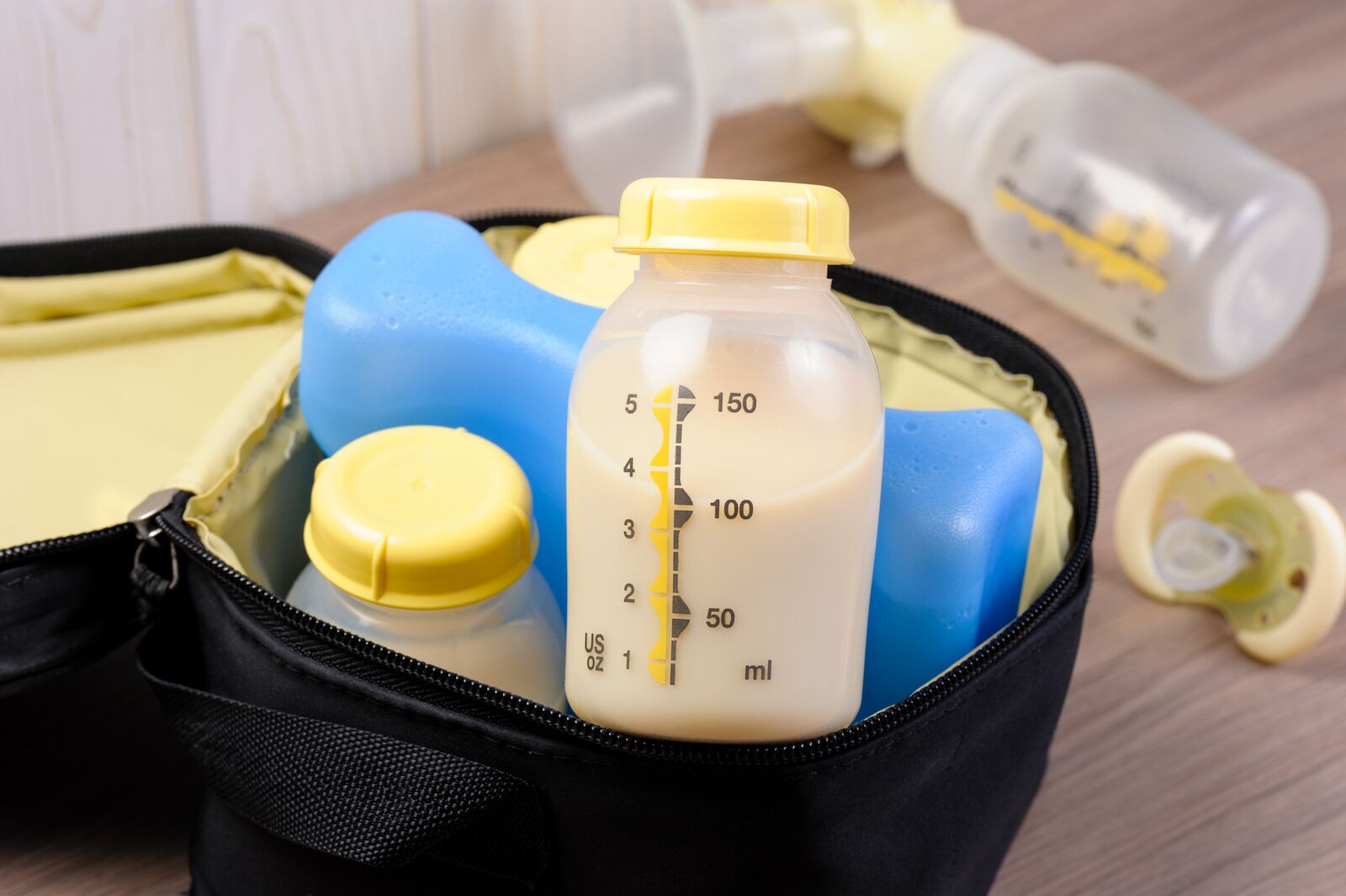

0 thoughts on “How To Store And Freeze Breast Milk”